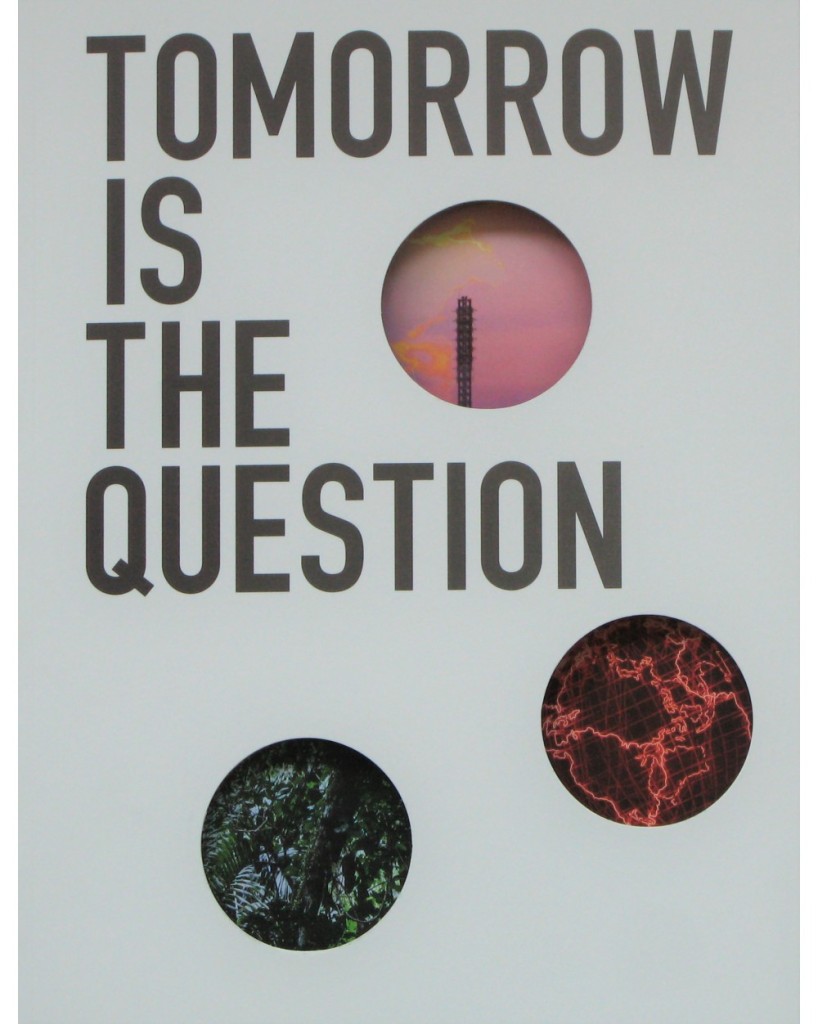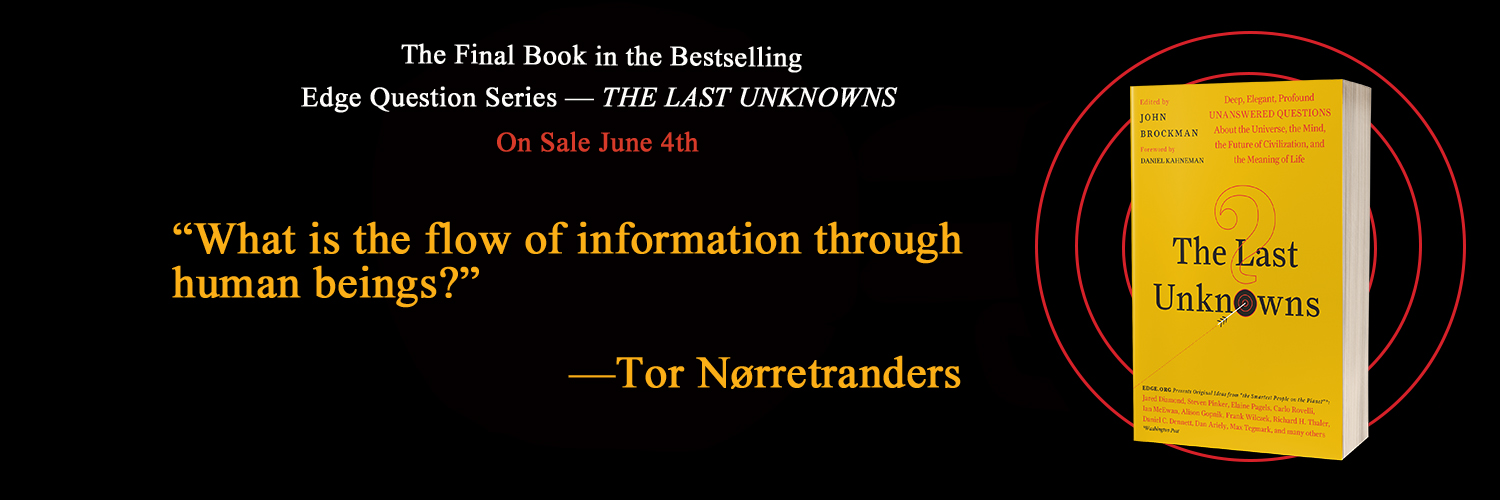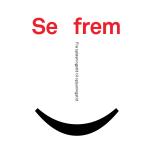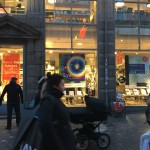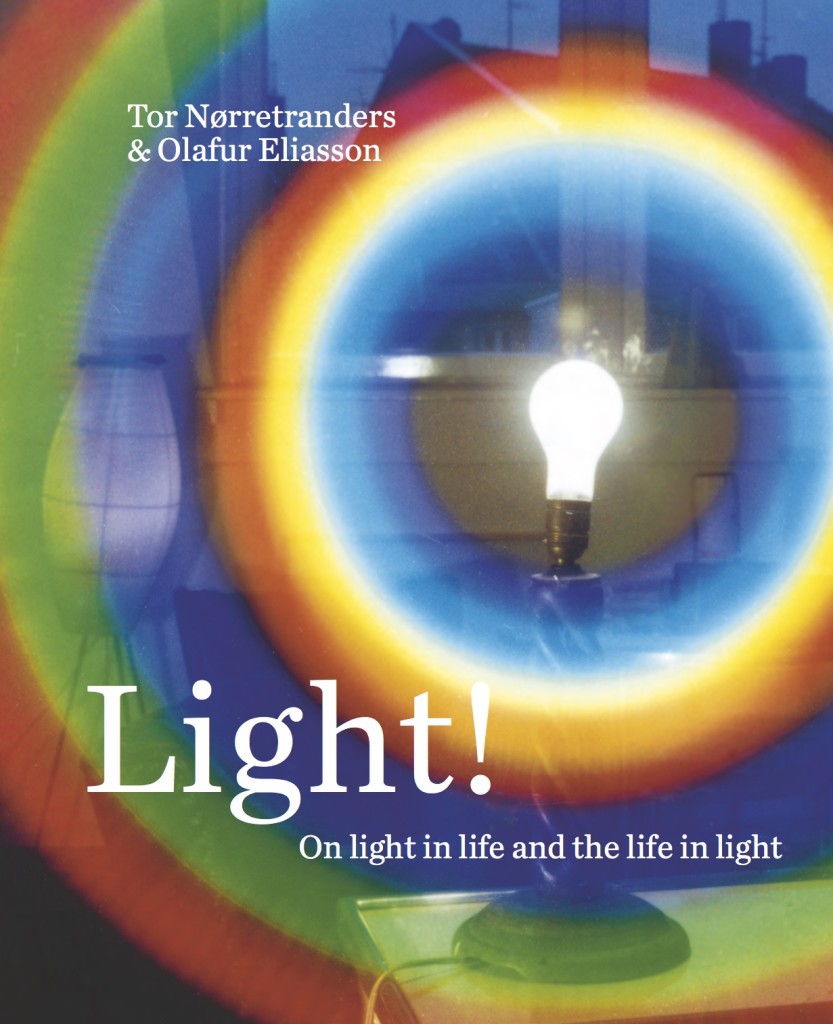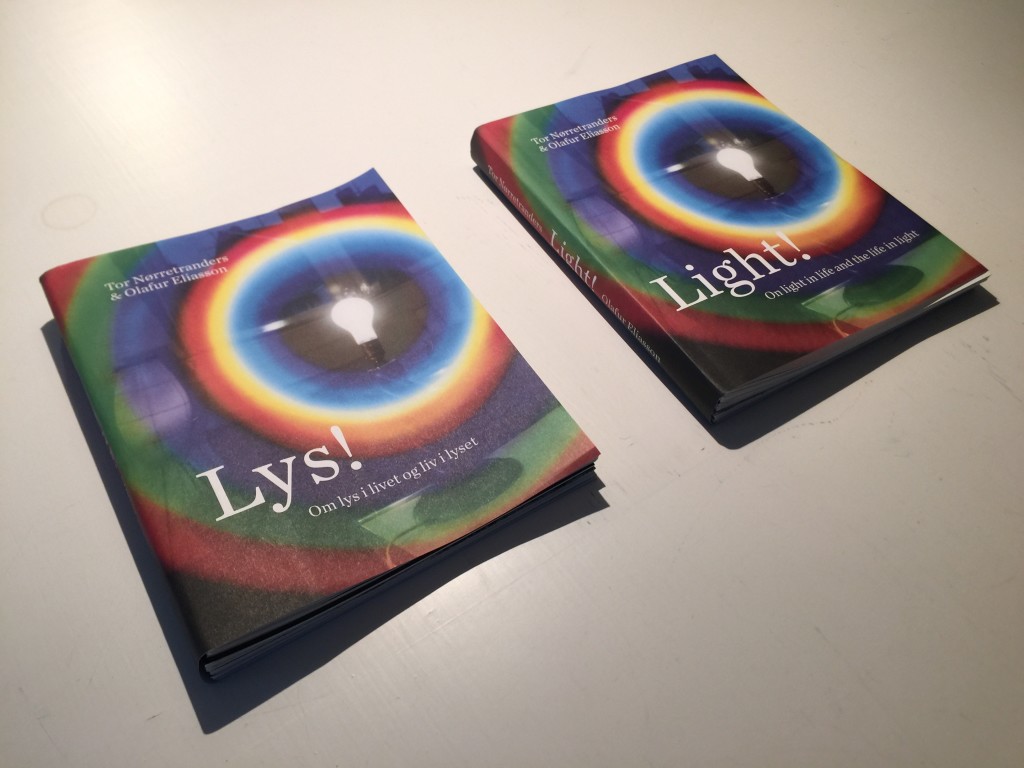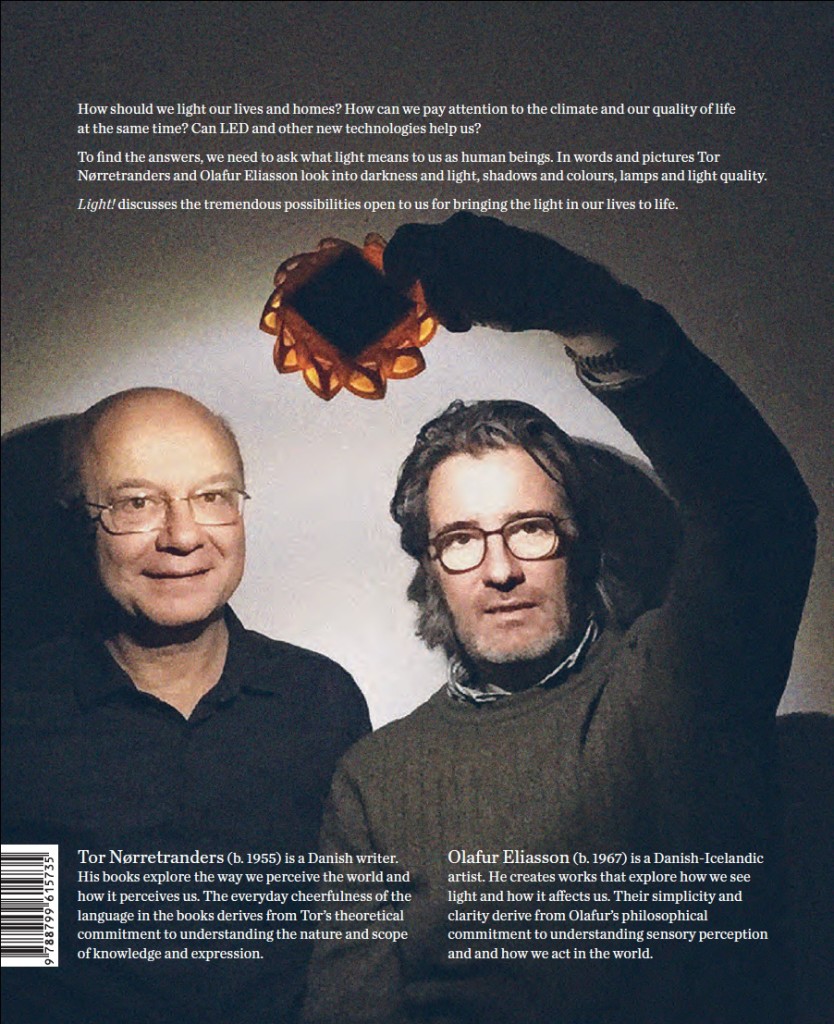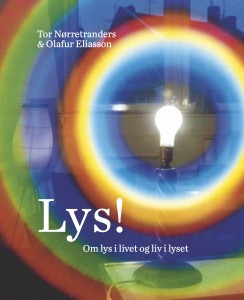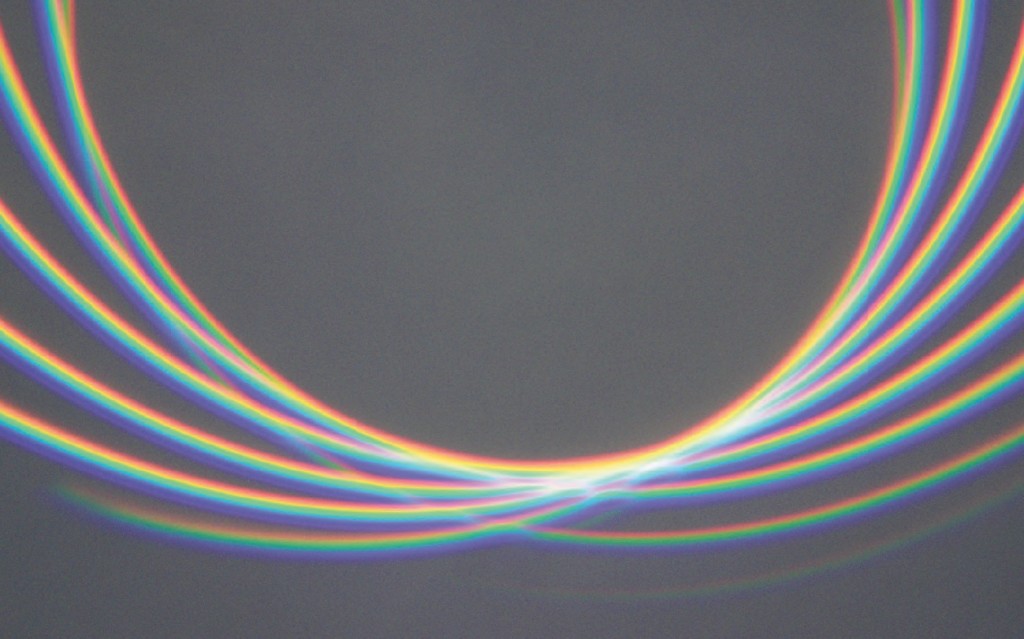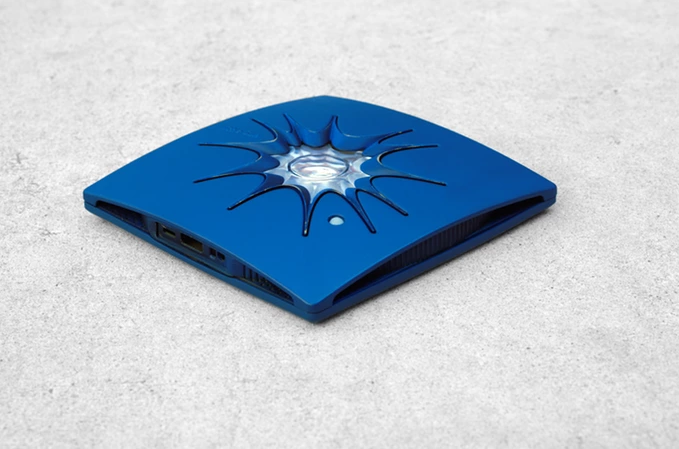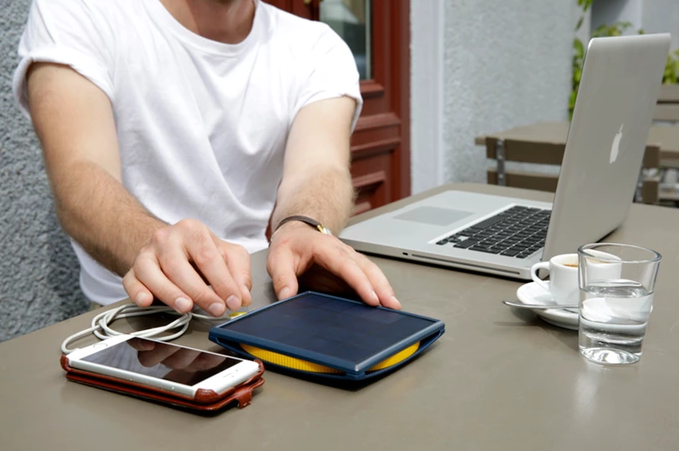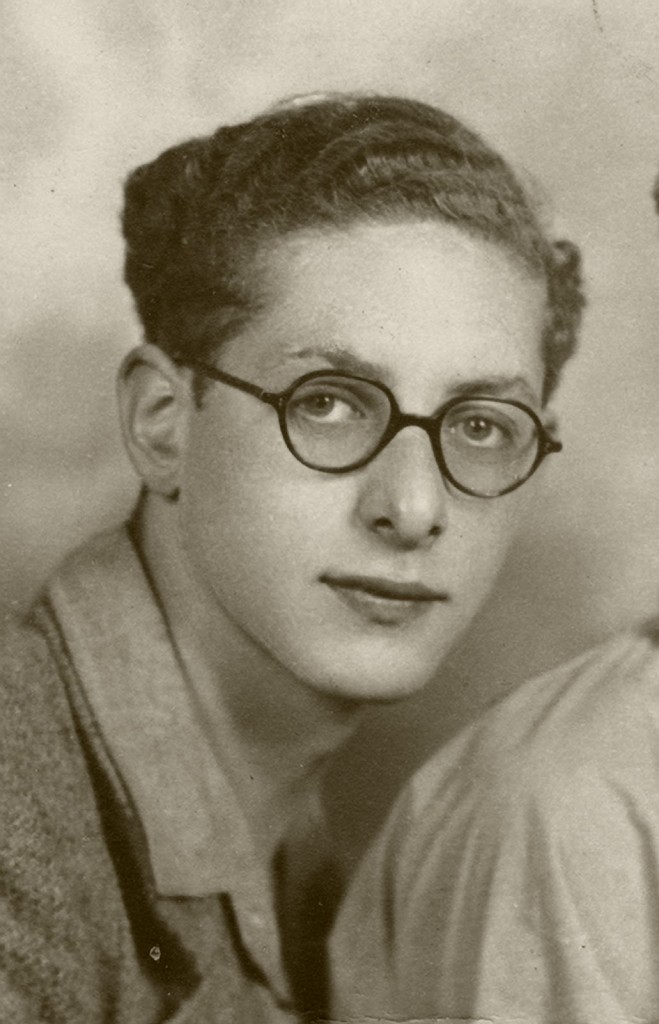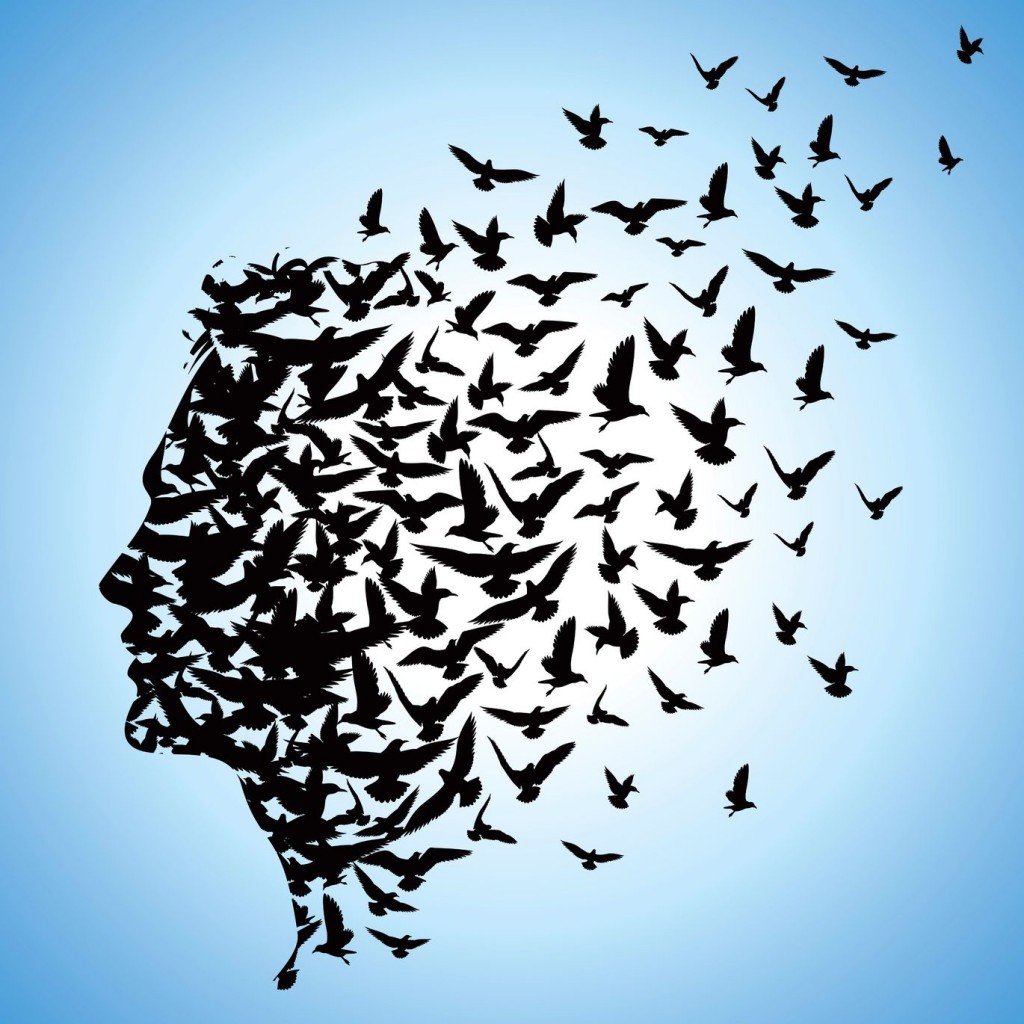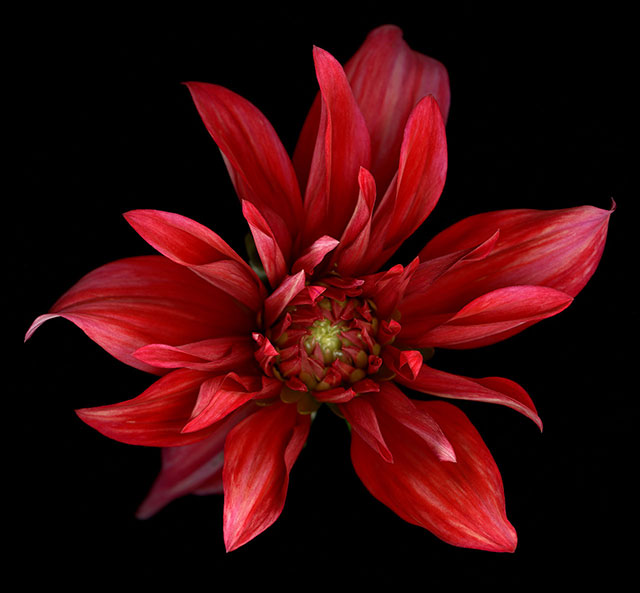The art museum Aros in Denmark’s second city Aarhus is presently offering the outstanding exhibition “Tomorrow is the question” with an impressive string of international artists presenting their take on how we should grab the future. I was given the honourable invitation to contribute to the catalogue of the exhibition My text is reprinted below by courtesy of the museum. The photos are from the opening of the exhibition.
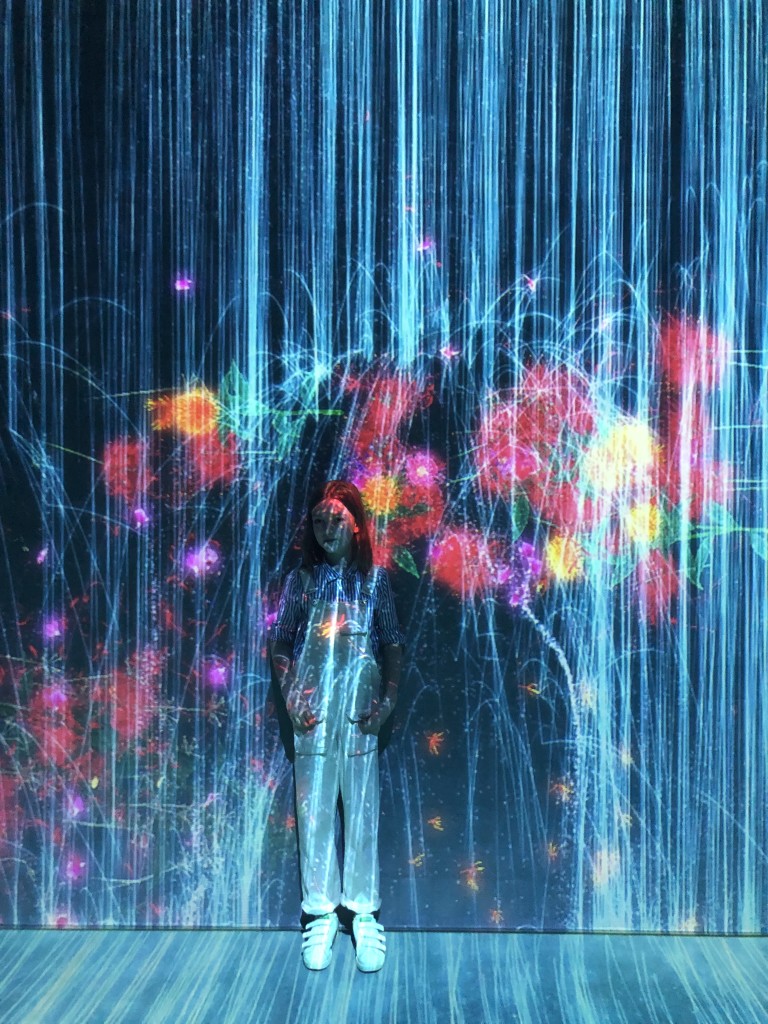
We are waking up
Ah, to wake up. To suddenly realise that it was just a bad dream, a terrible fiction that stuck to you like a piece of gum until you thought you’d never be rid of it. But it wasn’t real after all; it’s morning again, and something new can be begin in the bright, clear light of day.
No, that wasn’t how I felt this morning. This, I would contend, is how all of humanity feels right now. In this epoch, during these decades and centuries we are slowly waking up from a terrible nightmare, a terrifying ten-thousand-year-long imagined narrative that is nevertheless real enough to be on the verge of killing us for real. Still, it is just a story, a show, a myth, a delusion. Here on the far brink of everything we realise that we were entirely wrong.
We have been thinking that the world was unfavourably disposed to us, that it was unkind, dangerous, miserly and entirely impossible to get along with – unless we seized control of it, managed it and created everything in our own image. There would not be enough of anything in the world unless we took over, got a grip and called the shots. After all, we lived – as I myself believed when I was ten years old – in a desert. There would be nothing, neither water, food, energy nor anything nice, unless we created it ourselves.
Ever since the last Ice Age, an example of tremendous and natural climate change, humanity has been on the run, seeking to escape a dangerous world that scared us. Throughout most of the history of mankind – up until the end of the most recent Ice Age some 10,000 years ago – we lived as hunter-gatherers, eating our fill from the plentiful bounty of food and nourishment that nature offered up entirely on its own. We ate all the wild, self-seeded things found on earth, in the water and in the air. But by the end of the last Ice Age the seas rose, covering the most fertile lands in water, so, panicking, we had to come up with a quickfire solution to getting food. The result was agriculture: the controlled cultivation of crops that yielded fast returns. Grasses such as rice, grain, corn. Anything else we called weeds, clearing them away, ploughing them away, spraying them away. We seized power.
That’s the nightmare: we wanted to call all the shots, we did not trust the world, we took control of the plants, pulled energy up from the ground and pumped in water from far away. Otherwise, there would be nothing at all – or not enough. Or so we thought. For the world was unkind.
Things went from bad to worse as we gradually got the hang of this entire control business. After a couple of millennia we ended up where we are today: on a scrapheap. We have filled the sea of air that surrounds the Earth with CO2, a waste product that causes climate problems when up in the air, and which is in turn missing from the fertile layers of the Earth, the soil in which all plants grow. We are leeching the soil of nutrients.
Things are going wrong. It’s a nightmare, but a nightmare from which we are slowing waking up.
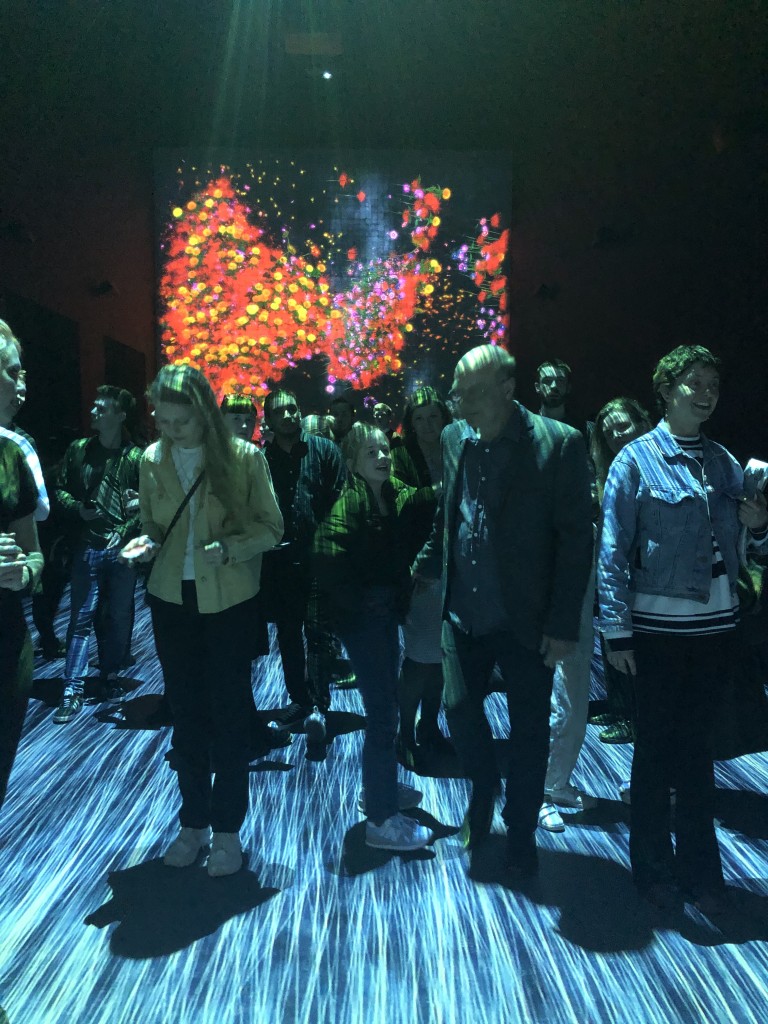
We’re waking up now! We’re beginning to get it! We are finally grasping the most revolutionary, radical and subversive statement in word history: the world is kind.
We don’t need to be afraid of the world or of whether there will be enough. The world is full of water; it quite literally falls from the skies. All we need to do is to not pour this super-clean rainwater down into the sewers, but drink it or use it for our crops instead. The world is full of energy; all we need to do is to put up wind turbines and solar panels instead of pumping fossil fuel up from the underground. The world is full of food that grows all by itself, wild food; it’s just that we’ve forgotten all about it, and so recent generations have lost the ability to seek out and gather food in nature.
The world is generous, giving, accommodating. We are welcome. We belong. We are natives here.
There is even a need for us and our shit. It’s all connected in a cycle where the plants absorb solar energy, the animals consume plants and transform them into manure which is then broken down by bacteria into nourishment for plants. All living things are part of a single, vast cycle of matter run by sunshine.
That’s all it takes: diversity (plants and animals) and sunshine. Then we’re on a roll. Then there’s enough for everyone. Then one creature’s waste becomes another’s feast.
All we need to do is to dare take part in this flow of matter, partake in the sunshine, partake in life. We mustn’t be afraid, build dams, depots, gates and checkpoints. If we do, there will never be enough. We need to dare to live with it and in it all, to step out into it, embrace it, seek out life, seek out the world and float, secure in the knowledge that we keep it running on sunshine.
It’s just the same as in our personal lives: if we shut down, become controlling, hole ourselves up and are full of distrust, then it all comes crashing down at some point. We go gaga, and bitterness takes over. But if we dare to open up, reach out, ask for help and give others a hand too, then love is shriven and purified – as is trust, warmth and the good life. It’s as simple as that. (Which of course doesn’t mean that it can’t be difficult to do.)
If we shut ourselves up in an imaginary world full of ideas about enemies and shady characters or people who can’t be bothered about us, then things will only get worse. If we wake up and realise that other people are every bit as cheerful, grumpy, kind, sullen, generous, unreliable, cool and petty as we ourselves are, then it’ll all suddenly be all right.

Humanity is waking up from the nightmarish idea that the world is unkind, and that we must seize hold of it, controlling everything with crops, oil wells, water towers and pesticides. It took us 10,000 years, but they are now drawing to a close. For the first time since the last Ice Age, the explosive growth in the Earth’s population is slowing: there’ll be eleven billion of us by the end of this century, but then that’s it. Things are quieting down. No reason to panic.
We are waking up. We are beginning to feel safe around the world. And once we feel safe, we’ll be able to realise that all we need to do is to be the natives we’ve always been. All we need to do is reach out and pluck all the energy, all the water and all the food flowing through our living space all by itself. We must trust in the sun and the energy it provides, in the wind blowing, the rain falling, and the food growing.
Paradise is not some remote and eternal place ‘out there’, it is right where we are, right now, in this life. We just haven’t noticed because we were so afraid. Afraid of having been cast out.
We must dare to reach out to the world with wind turbines, solar panels, waste turned into resources, human communities, solutions we create ourselves, trust and collaboration, sustainability and the joy in knowing that the things we do can be done by many for an infinite number of years without causing our planet to succumb.
This is true liberation, a waking up full of clarity and the urge to act: we now see that we can use the world freely, we can invent things, develop things, imagine things, imagine each other, imagine communities, cities hovering above the planet like soap bubbles, plants growing, animals smiling, and robots helping us because we ask them to.
We can stand there with our feet firmly on the ground and our heads in clouds made out of photons, of particles of light whizzing around the globe on an internet overflowing with new outlooks and exchanges of crazy ideas. We can reinvent the world and reinvent the future and reinvent ourselves. We can reach for the stars and for each other, for now it is time to create a world that is not afraid.
So far, all societies, structures and technologies have been about being afraid. Afraid that there wasn’t enough, was no trust, no goodness, no love.
Years went by, but things did not go well. It’s all going wrong now in crises of trust, climate crises, meaninglessness and worries. The old world has failed. It’s over and done with. The future is ours.
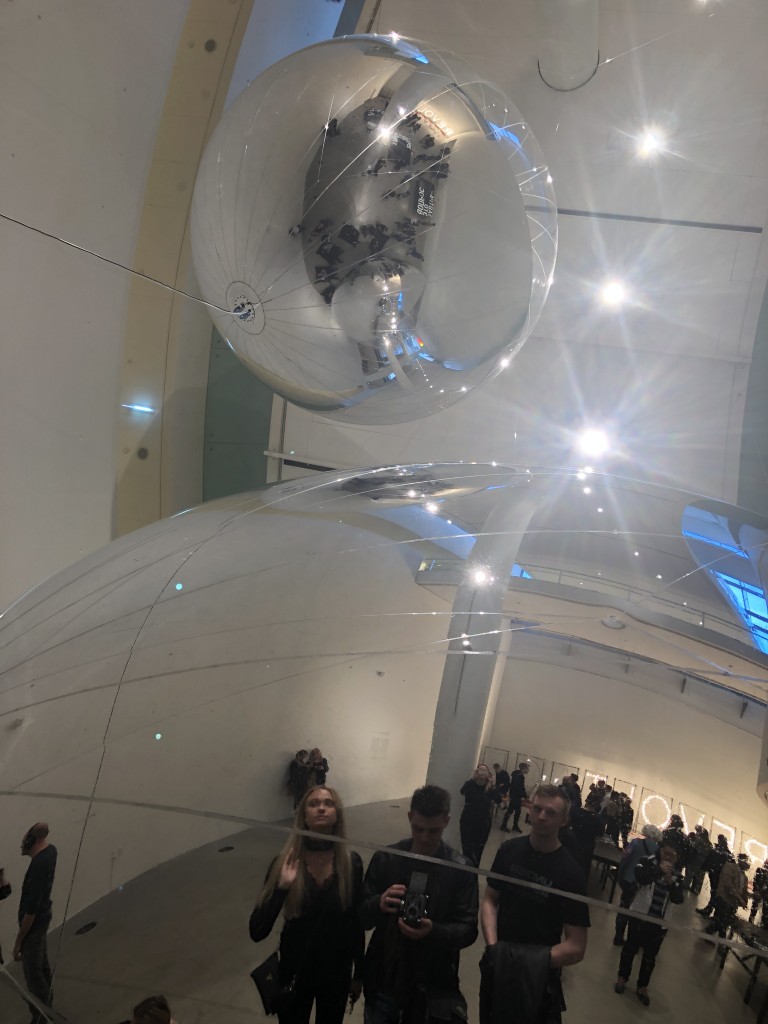
Now is the time to wake up, take the initiative, get cracking, acting on everything from the tiniest everyday decisions on garbage and airplane travel to grander dreams about replacing the usual Christmas presents with reclaimed gems, spending time on finding exactly the right thing for uncle John, who will just love that chair, and for young cousin Jane, who will play with that particular pregnant-looking wooden deer. We must unleash our imagination and invent the new kinds of neighbourhood communities, internet platforms, herb pots and knowledge bazaars it will take to make life a little more fun and the world a little bit healthier.
We must invent a world we want to live in and pass on to all of those who come after us. We must release ourselves from fearful tension; we must play forth the world anew.
Naïve? Unrealistic? No. It was naïve and unrealistic of us to think we could control the world. It is by no means naïve and unrealistic to believe that we can live in the world, let ourselves be caught up in the flow of the world’s stream of energy, water and food. Quite the contrary: doing so is our ecological niche; it’s how we fit in.
Hunters and gatherers, Stone Age people; that is what we used to be. And we will be so again. We will get the same kind of flat, loose social structure as in the Stone Age when information technologies allow us to exchange knowledge all the time, all day long, around the world. We will live off the bounty of the world just as they did in the Stone Age once we have invented the devices that will allow us to capture the light of the sun and the swell of the sea. We will be able to feed ourselves on all the wild things in the world once we have developed high-tech solutions for fermentation, collection and sorting.
A high-tech Stone Age awaits us if we dare to invent it. Doing so is up to us and no-one else. But now is the time to do it, for the panicky world of fear has no future.
Things will either go entirely to wrack and ruin if we just let things slide within the logic of the old world. Then we’ll never wake up from the nightmare; the night will just go on and on, eventually without dreams, without sleep, just darkness.
Or we will wake up from the nightmare, see the light of day and step out into the world to work with genuine joy.
This choice is not made once and for all, but in every moment we live, with every choice we make, every step we take: more nightmare or more joy?
We choose anew every time we wake up in the morning. The very fact that we wake up at all tells us that once again, the nightmare did not win. Waking up tells us that the world is kind. That we made it so far, in spite of everything. That hope remains.
Tomorrow is the answer.
Tor Nørretranders
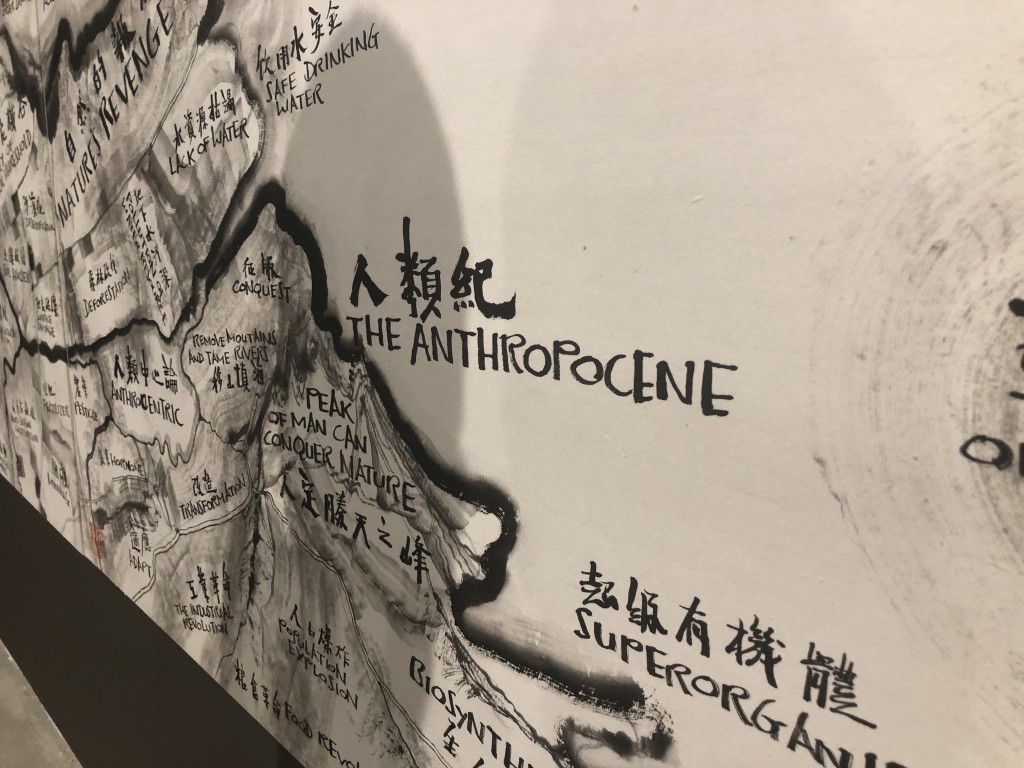
Photos by Rikke Ulk